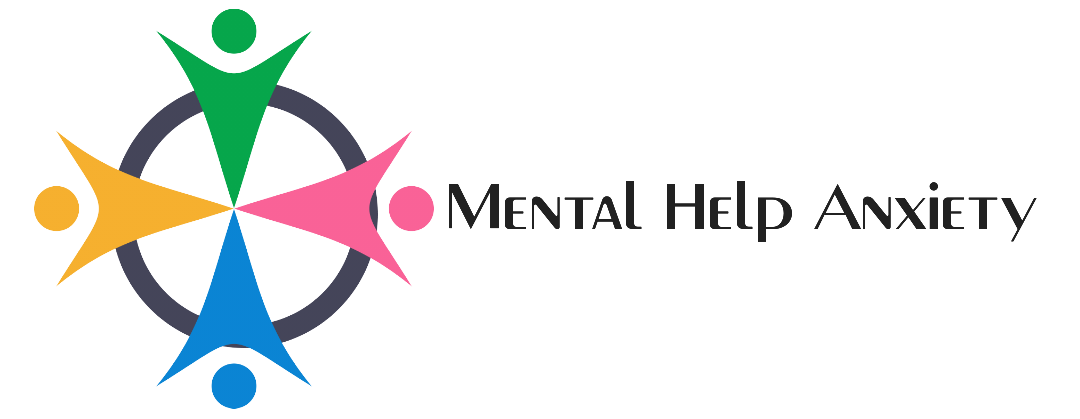Self-destructive conduct incorporates a vary of movements and patterns that negatively have an effect on a person’s well-being, incessantly resulting in bodily, emotional, and mental injury. Spotting those indicators is a very powerful for early intervention and reinforce. This newsletter explores the quite a lot of sorts of self-destructive conduct, their underlying reasons, and techniques for figuring out and addressing those behaviors.
Figuring out Self-Harmful Habits
Self-destructive conduct refers to any motion this is destructive to oneself, both straight away or in the longer term. This conduct can manifest in quite a lot of tactics, together with bodily injury, emotional sabotage, and social withdrawal. The underlying reasons are incessantly complicated and multifaceted, together with mental problems, trauma, and environmental components.
Mental Problems
- Despair: Folks affected by despair would possibly interact in self-destructive behaviors so to deal with overwhelming emotions of unhappiness and hopelessness.
- Anxiousness: Top ranges of hysteria may end up in behaviors akin to self-harm, substance abuse, and avoidance, which is able to briefly relieve nervousness however in the long run motive extra injury.
- Character Issues: Stipulations akin to borderline persona dysfunction are incessantly related to impulsive and self-harming behaviors.
Trauma and Abuse
- Previous Trauma: Folks with a historical past of trauma or abuse would possibly interact in self-destructive behaviors as a coping mechanism. Those behaviors can give a way of keep an eye on or brief aid from emotional ache.
- Ongoing Abuse: Persisted publicity to abusive eventualities can make stronger self-destructive behaviors, as folks would possibly really feel trapped and not able to flee their instances.
Environmental Elements
- Tension: Power rigidity from paintings, relationships, or different resources may end up in self-destructive behaviors as folks try to arrange their rigidity in dangerous tactics.
- Social Influences: Peer force and societal expectancies can give a contribution to self-destructive behaviors, in particular in teenagers and younger adults who would possibly really feel forced to evolve to positive behaviors.
Spotting the Indicators of Self-Harmful Habits
Spotting self-destructive conduct is step one towards addressing it. The indicators can range extensively relying at the particular person and the particular behaviors they’re enticing in. Then again, some not unusual signs come with:
Bodily Indicators
- Self-Hurt: This comprises chopping, burning, or differently causing harm on oneself. It’s incessantly a visual and fast type of self-destructive conduct.
- Substance Abuse: Over the top use of alcohol, medicine, or different components can point out a self-destructive development aimed toward numbing emotional ache or escaping truth.
- Neglecting Well being: Failing to maintain one’s bodily well being, akin to ignoring hygiene, refusing clinical remedy, or enticing in dangerous behaviors, can point out self-destructive inclinations.

Emotional and Mental Indicators
- Unfavorable Self-Communicate: Continuously belittling oneself, expressing emotions of worthlessness, and attractive in damaging self-talk are not unusual emotional indicators of self-destructive conduct.
- Isolation: Taking flight from buddies, circle of relatives, and social actions is usually a manner of heading off emotional ache or emotions of inadequacy.
- Temper Swings: Excessive temper swings, particularly the ones involving intense anger or unhappiness, can also be indicative of underlying self-destructive inclinations.
Behavioral Indicators
- Procrastination: Power procrastination and avoidance of duties is usually a type of self-sabotage, combating folks from reaching their targets.
- Dating Problems: Enticing in poisonous relationships, pushing other people away, or again and again opting for destructive companions is usually a signal of self-destructive conduct.
- Impulsivity: Performing on impulse with out taking into account the results, akin to reckless riding or unprotected intercourse, is incessantly a self-destructive development.Figuring out Panic Assaults vs. Anxiousness Assaults
Addressing Self-Harmful Habits
As soon as self-destructive behaviors are known, it is very important to handle them thru quite a lot of methods and interventions. Those would possibly come with treatment, reinforce teams, and way of life adjustments.
Treatment
- Cognitive Behavioral Treatment (CBT): CBT is valuable in serving to folks acknowledge and alter damaging idea patterns and behaviors. It can give equipment for managing rigidity and bettering vanity.
- Dialectical Habits Treatment (DBT): DBT is especially helpful for people with persona issues and comes to instructing abilities for emotional law, misery tolerance, and interpersonal effectiveness.
- Trauma-Targeted Treatment: For the ones with a historical past of trauma, treatment that explicitly addresses previous reports can lend a hand cut back self-destructive behaviors.
Give a boost to Teams
- Peer Give a boost to: Give a boost to teams supply a way of neighborhood and figuring out, permitting folks to proportion their reports and be told from others going through equivalent demanding situations.
- On-line Communities: For the ones not able to wait in-person teams, on-line communities be offering an area for reinforce and connection.
Way of life Adjustments
- Wholesome Coping Mechanisms: Creating wholesome tactics to deal with rigidity and emotional ache, akin to workout, meditation, and inventive retailers, can cut back self-destructive behaviors.
- Construction a Give a boost to Community: Surrounding oneself with supportive and certain folks can give you the encouragement wanted to triumph over self-destructive inclinations.
- Environment Targets: Organising and dealing against non-public targets can lend a hand folks to find objective and motivation, decreasing the inclination towards self-sabotage.
Conclusion
Self-destructive conduct is a posh and multifaceted factor that calls for figuring out, compassion, and proactive intervention. By means of spotting the indicators and addressing the underlying reasons, folks can break away from destructive patterns and transfer against a more healthy and extra pleasing existence. In the event you or any person you recognize is suffering with self-destructive conduct, in search of skilled lend a hand is a a very powerful step within the adventure to restoration.



